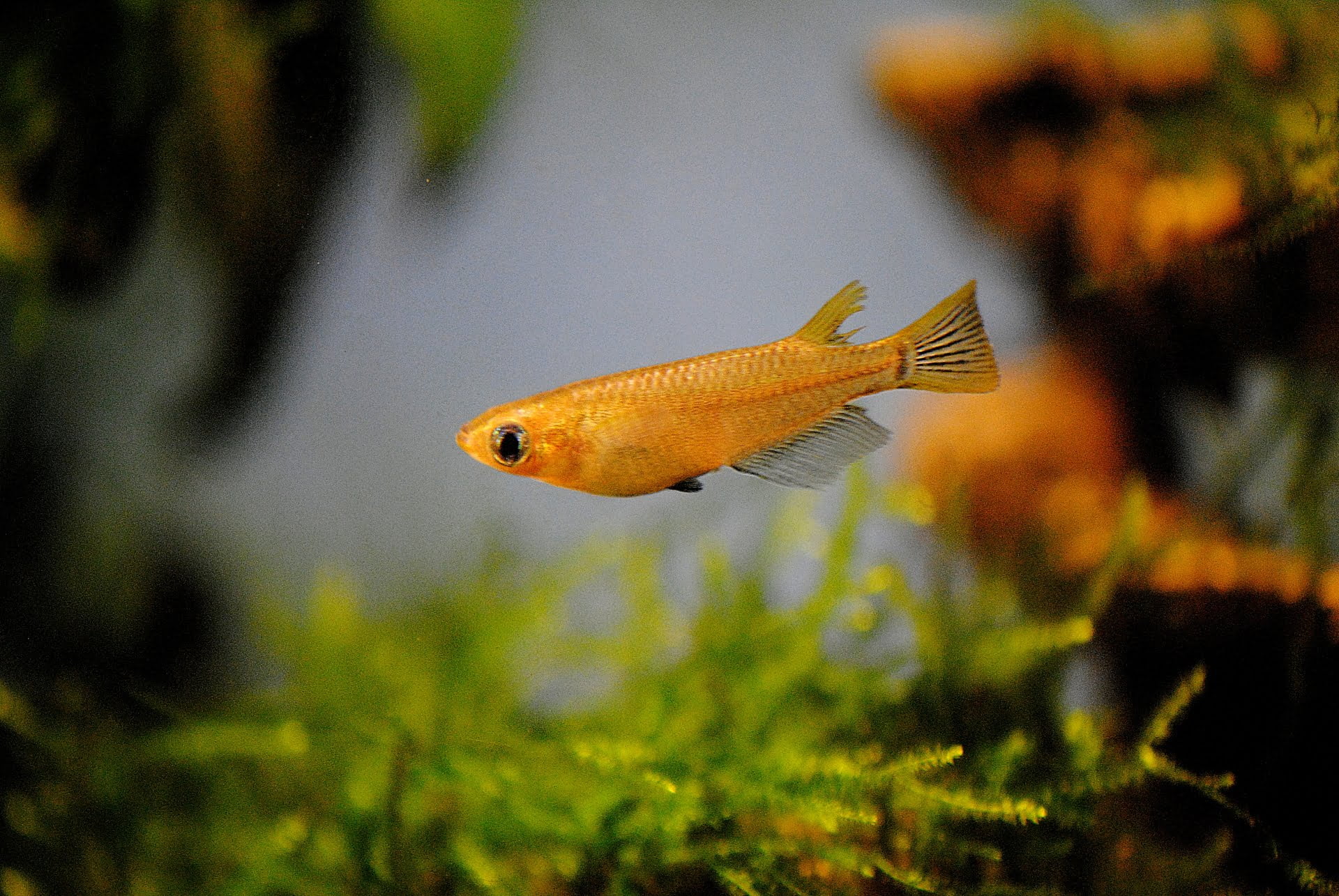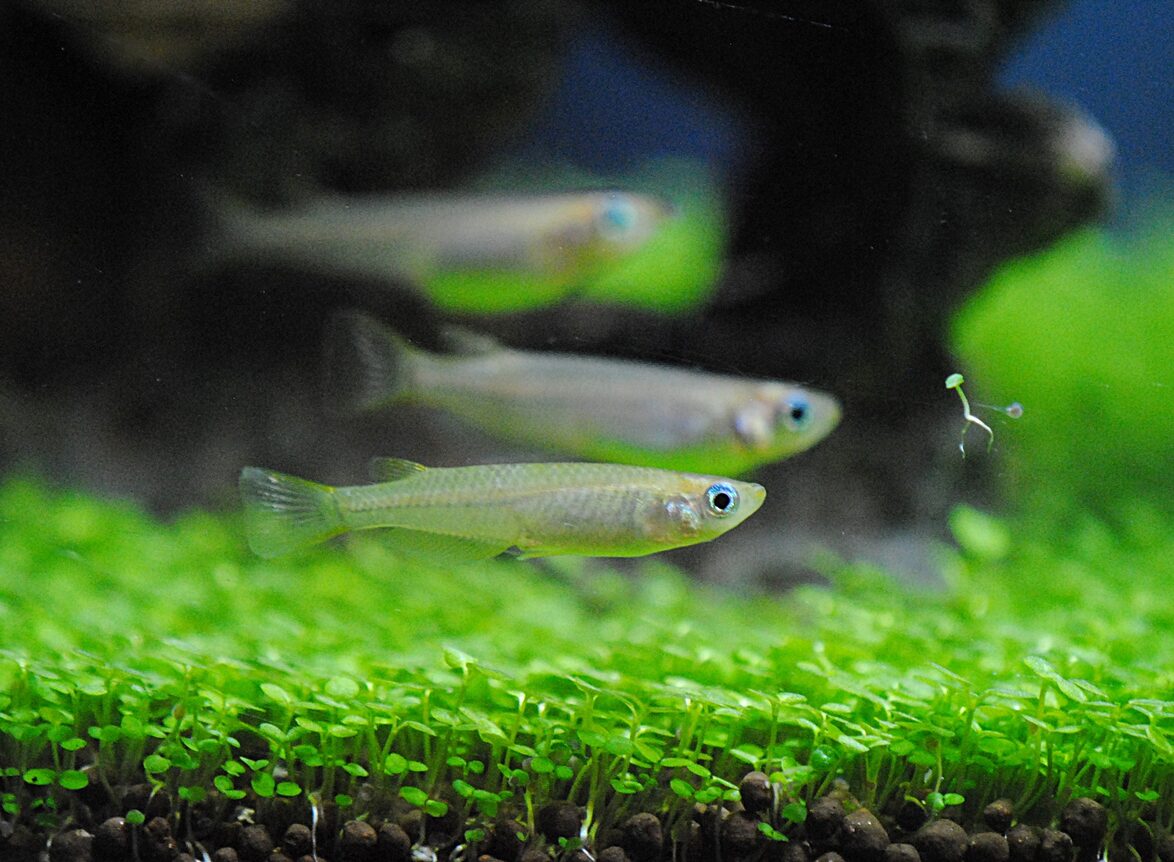Caring for your Medaka fish: tips and tricks
Medakas, also called Japanese ricefish or Oryzias latipes, are small freshwater fish native to East Asia. They are popular among aquarium and pond enthusiasts for their vibrant colors and peaceful nature. In this article, we provide a comprehensive guide to caring for medaka fish, including setting up the perfect tank, feeding them the right food, maintaining water quality, understanding their behavior, treating common health problems, and choosing compatible tank mates.
Like any other pet, medaka fish require proper care and attention to ensure their health and well-being. It is important to monitor their behavior and appearance regularly for signs of illness or stress.
Common health problems in medaka fish include fungal infections, bacterial infections, parasites and swim bladder disorders. To avoid these problems, it is important to keep the tank environment clean, feed a balanced diet and avoid overcrowding.
Change the water regularly to remove built-up waste or toxins. It is also important to check water parameters such as pH, ammonia, nitrite and nitrate to ensure they are within the correct range.
If a medaka fish shows signs of illness, such as loss of appetite, lethargy or abnormal behavior, it is important to take immediate action. Quarantine the affected fish in a separate tank and consult a veterinarian or experienced fish keeper for advice on treatment options.
Feeding Your Medaka Fish: Do's and Don'ts
Proper nutrition is crucial for the health and growth of your medaka fish. Medaka fish are omnivorous and eat a variety of foods. It is important to provide a balanced diet that includes both dry food and live food.
Dry food such as flakes or pellets that are specially formulated for small tropical fish are suitable for medaka fish. These foods should contain plenty of protein and essential vitamins and minerals. Feed your medaka fish small amounts of dry food two to three times a day, and only give them what they can eat within a few minutes. Avoid overfeeding as this can lead to obesity and poor water quality.
In addition to dry food, medaka fish also like live or frozen food. These can include brine shrimp, daphnia, bloodworms and mosquito larvae. Live food provides essential nutrients and helps stimulate natural feeding behavior. You can supplement their diet with live food once or twice a week.
It is important to know that medakas have small stomachs and can easily become overfed. Uneaten food can quickly decompose and contaminate water, leading to poor water quality and potential health problems. After feeding, always remove any uneaten food to maintain water quality.
Water quality and maintenance for healthy Medaka fish
Maintaining good water quality is crucial to the health and well-being of your medaka fish. Medaka fish are sensitive to changes in water parameters, so it is important to regularly test and monitor the water quality in your aquarium.
The most important parameters to monitor are temperature, pH value, ammonia, nitrite and Nitrate values. medaka fish like a slightly acidic to neutral pH Between 6.5-7.5. ammonia and nitrite levels must be kept at zero as these substances are toxic to Fish. nitrate levels should be Kept below 20 ppm to avoid stress and health problems.
Regular water changes are essential for maintaining good water quality. It is recommended to change 10-20% of the water in your tank or pond every week. This helps to remove built-up waste or toxins and replenish essential minerals and nutrients.
In addition to regular water changes, it is important to clean the tank and equipment regularly. Use a gravel vacuum to remove all debris from the substrate. Clean the filter media according to the manufacturer's instructions for optimal performance.
Understanding Medaka Fish Behavior: What to Expect
Medaka fish are peaceful and social fish that can be kept in groups. They are generally not aggressive and can be housed with other small, peaceful fish. However, it is important to choose compatible conspecifics to avoid aggression and stress.
Medaka fish are known for their unique breeding habits. They are egg layers that lay their eggs on plants or other surfaces in the aquarium. The male medaka fish courts the female by displaying vibrant colors and performing a mating dance. Once the eggs are laid, they hatch within 10 days and the young must be separated from the adults to avoid predation.
Signs of stress or illness in medaka fish include loss of appetite, lethargy, abnormal swimming behavior, fin rot or discoloration. If you notice any of these signs, it is important to investigate and address the underlying problem. Stress can be caused by poor water quality, incompatible conspecifics or improper care. If you suspect a health problem, consult a veterinarian who specializes in fish.
Common health problems and how to treat them
Like all other fish, medaka fish are prone to various health problems and diseases. The most common health problems in medaka fish are fin rot, ich (white spot disease), fungal infections and bacterial infections.
Fin rot is characterized by deterioration of the fins, which may appear frayed or frayed. It is often caused by poor water quality or bacterial infections. To treat fin rot, improve water quality by changing water regularly and ensure optimal water values. You can also use medications specifically designed to treat fin rot.
Ich is a parasitic infection that causes small white spots on the body and fins of the fish. It is highly contagious and can spread quickly throughout the entire aquarium. To treat ich, raise the aquarium temperature to 30°F (86°C) for several days to speed up the parasite's life cycle. You can also use medications specifically designed to treat Ich.
Fungal infections are characterized by white or grayish cotton wool-like growths on the body or fins of the fish. They are often caused by poor water quality or injuries. To treat fungal infections, you need to improve water quality by changing water regularly and keeping water parameters optimal. You can also use medications specifically designed to treat fungal infections.
Bacterial infections can manifest in different ways, such as red sores, sores or swollen body parts. They are often caused by poor water quality or injuries. To treat bacterial infections, you need to improve water quality by changing water regularly and keeping water parameters optimal. You can also use medications specifically designed to treat bacterial infections.
Health problems with medaka fish can best be prevented by proper care and maintenance. By providing a clean and stable environment, feeding a balanced diet and choosing compatible conspecifics, you can minimize the risk of health problems and ensure the well-being of your medaka fish.
Tips for choosing suitable partners for your Medaka fish
When choosing conspecifics for your medaka fish, it is important to consider their compatibility and behavior. Medakas are peaceful and can be housed with other small, peaceful fish that have the same water requirements.
Some suitable tank mates for medaka fish include small tetras, rasboras, guppies and dwarf shrimps. These fish are similar in size and temperament to the medaka and can live peacefully together in the same aquarium.
It is important to avoid aggressive or incompatible species that can torment or harm your medaka fish. Avoid keeping medaka fish with larger or more aggressive species such as cichlids or larger predatory fish.
Maintaining a balanced ecosystem in the aquarium is important for the overall health and well-being of all inhabitants. Make sure the aquarium is not overcrowded and provide enough hiding places and territories for each fish. Monitor the tankmates' behavior regularly to ensure no aggression or stress occurs.
Enjoy the Zen of Medaka rice fish
Proper care of medaka fish is essential to their health and well-being. By setting up the perfect tank, feeding them a balanced diet, maintaining water quality, understanding their behavior, treating common health problems and choosing compatible conspecifics, you can provide the best possible care for your medaka fish.
Keeping medaka fish can be a rewarding experience. They are beautiful and peaceful fish that can bring life and color to any aquarium. By giving them proper care, you can enjoy their vibrant colors and observe their unique behavior.
Remember to always research and educate yourself on the specific needs of medaka fish before bringing them into your home. With proper care and attention, medaka fish can thrive and provide years of enjoyment to their owners.




Leave a Comment
Your email address will not be published. Required fields are marked *